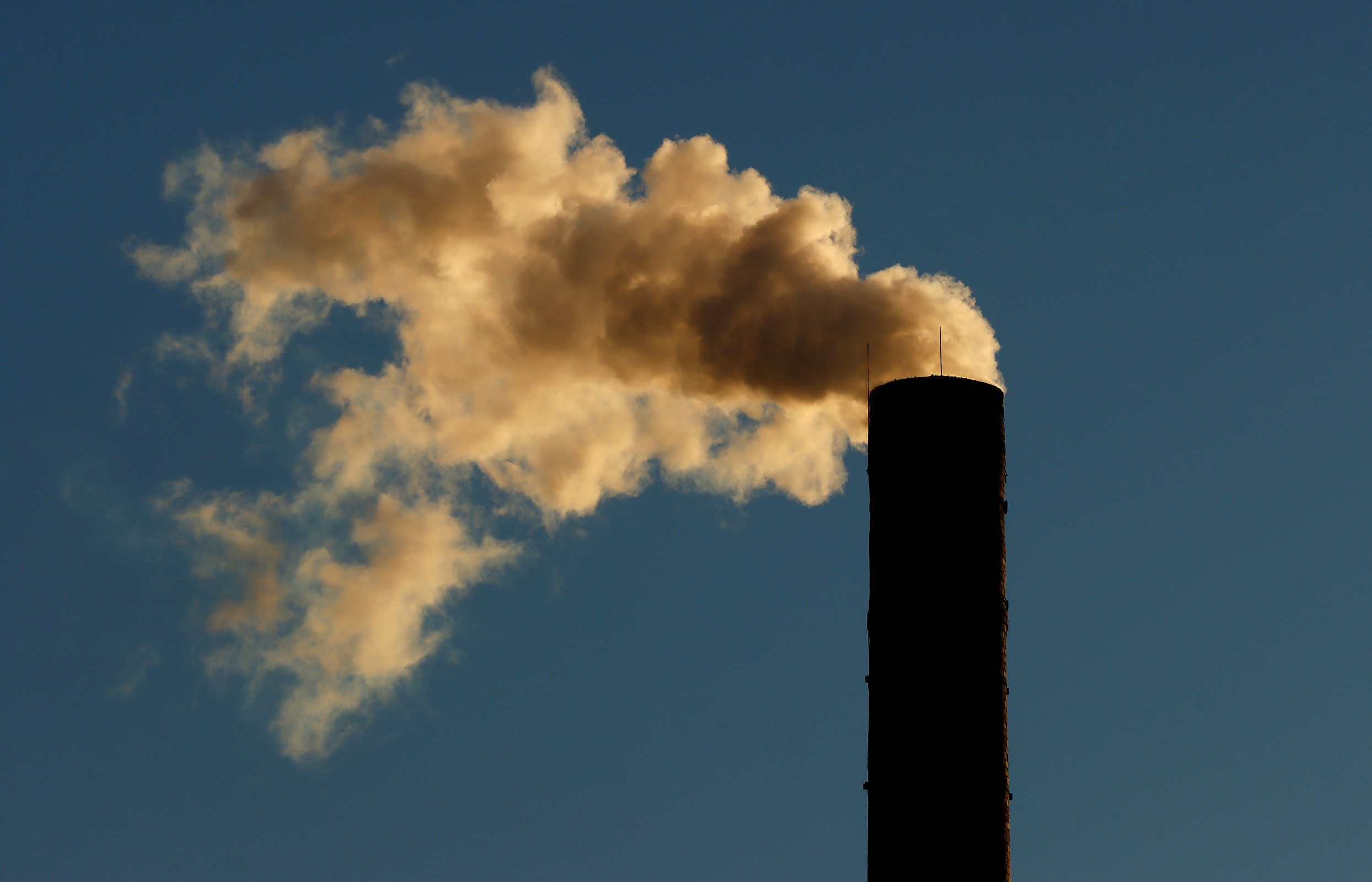Conservative members of the Supreme Court appeared inclined to halt a Biden administration initiative aimed at curbing air pollution that drifts across state lines, generating harmful smog.
The court entertained arguments in four interconnected cases concerning challenges to the policy, brought forth by three Republican-governed states—Indiana, Ohio, and West Virginia—alongside various affected industries, including operators of natural gas pipelines.
With a 6-3 conservative majority, the Supreme Court tends to scrutinize expansive exercises of federal authority in regulatory domains, particularly environmental matters. Following the oral arguments, it seems likely that there’s a majority favoring a temporary block on the regulation under consideration while litigation unfolds in lower courts.
During proceedings, several justices expressed reservations about the Environmental Protection Agency’s (EPA) justification for the rule, especially in light of previous court rulings that have halted its application in 12 out of the 23 covered states. Conservative Justice Brett Kavanaugh noted the agency’s failure to sufficiently clarify its position, stating that it seemed as if the EPA “pretended nothing happened.”

Similar concerns were echoed by other conservative justices, including Neil Gorsuch, who highlighted a lack of opportunity for public input when the EPA modified the plan’s applicability.
In contrast, the court’s liberal justices seemed unified in their belief that intervening in ongoing litigation without lower court rulings would be premature. Justice Ketanji Brown Jackson questioned the necessity for Supreme Court intervention at this stage, deeming it “fairly extraordinary.”
Justice Elena Kagan remarked on the ambiguity regarding whether challengers met the criteria for the court to block the rule, suggesting that mere opposition from states didn’t warrant emergency relief.
The contested initiative, known as the “good neighbor plan,” introduced by the EPA last year, aims to reduce nitrogen oxide pollution emanating from industrial sources. If fully implemented, it would affect 23 “upwind” states whose emissions contribute to pollution in neighboring states.
According to the EPA, the plan would mitigate premature deaths, lessen emergency room visits, and alleviate asthma symptoms by curbing smog levels. However, the three states in question object to the federal government’s approach, citing insufficient time to devise their own pollution control plans.
Republican-led states often decry robust EPA interventions in environmental policy, viewing them as federal overreach impinging on states’ rights. Industry groups argue that the rule imposes significant costs that cannot be recouped if it remains in effect.
In recent years, the EPA has faced setbacks in significant cases before the Supreme Court. In 2022, the court restricted the agency’s ability to employ the Clean Air Act to address emissions contributing to climate change. Last year, it curtailed the EPA’s regulatory authority over wetlands under the Clean Water Act.
Critics like Sam Sankar, an attorney at the environmental group Earthjustice, observe a trend in which the court treats environmental policies as “guilty until proven innocent.”


